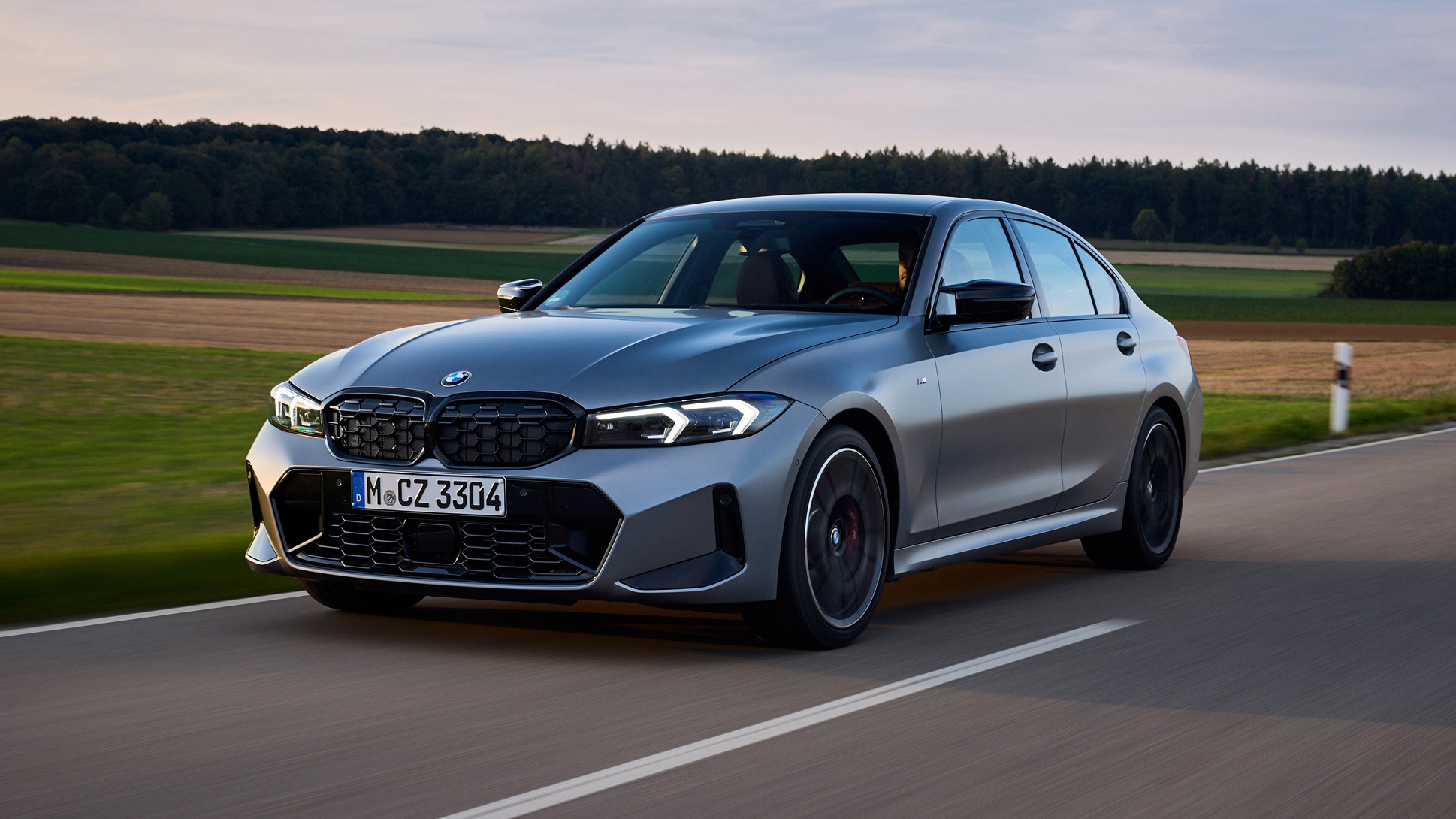In the evolving world of automotive lighting technology, the debate between basic headlights and adaptive headlight systems has taken an unexpected turn.
While adaptive headlights represent a significant technological advancement, promising enhanced safety through dynamic beam adjustment and improved visibility around curves, their complexity has introduced a new set of challenges that many drivers are experiencing firsthand.
These sophisticated systems, which automatically adjust beam patterns based on steering input, vehicle speed, and road conditions, have become increasingly common across luxury and mainstream vehicles alike.
However, the reality of owning vehicles with adaptive headlight technology has revealed a troubling pattern of malfunctions and reliability issues.
From water infiltration damaging control modules to sensor failures causing erratic beam behavior, adaptive headlight systems have proven to be significantly more prone to failure than their basic counterparts.
The consequences of these failures extend beyond mere inconvenience they can compromise driver safety, create dangerous glare for oncoming traffic, and result in expensive repair bills that can reach thousands of dollars.
In contrast, vehicles equipped with basic lighting systems continue to offer reliable, straightforward illumination that, while lacking the sophisticated features of adaptive systems, provides consistent performance with minimal maintenance requirements.
This comparison examines five popular vehicle models that rely on dependable basic lighting systems alongside five models plagued by problematic adaptive headlight technology, revealing the stark reality of cutting-edge automotive innovation versus proven reliability.
5 Models With Basic Lighting
These straightforward vehicles feature traditional fixed-beam headlight systems with proven halogen or LED bulbs that deliver consistent, reliable illumination without complex motors, sensors, or electronic controls that can malfunction during critical nighttime driving situations.
Their simple design eliminates expensive adaptive mechanisms, fragile actuators, and sophisticated computer systems, ensuring dependable light output regardless of weather conditions, electrical issues, or component aging over extended ownership periods.
The combination of affordable replacement parts, minimal maintenance requirements, and foolproof operation means drivers enjoy predictable lighting performance without worrying about costly repairs or sudden system failures.
From reliable sedans with proven lighting packages to practical trucks with durable assemblies, these vehicles prioritize consistent functionality through time-tested designs that illuminate roads effectively without technological complications.
1. Toyota Camry (Base and LE Trims)
The Toyota Camry’s base and LE trim levels exemplify the reliability and effectiveness of traditional halogen and standard LED headlight systems. These models eschew the complexity of adaptive lighting in favor of proven technology that consistently delivers adequate illumination for daily driving needs.
The standard halogen headlights on the base Camry provide a warm, 3200K color temperature that offers good visibility without the harsh blue tint associated with some modern lighting systems.
Toyota’s approach to basic lighting in the Camry demonstrates that sophisticated technology isn’t always necessary for safe nighttime driving. The headlight housings feature clear polycarbonate lenses with anti-UV coating to prevent yellowing over time, while the reflector design maximizes light output from the standard H11 low-beam and 9005 high-beam bulbs.
The simplicity of this system means that bulb replacement is straightforward and inexpensive, typically costing under $30 for a complete set of replacement bulbs.
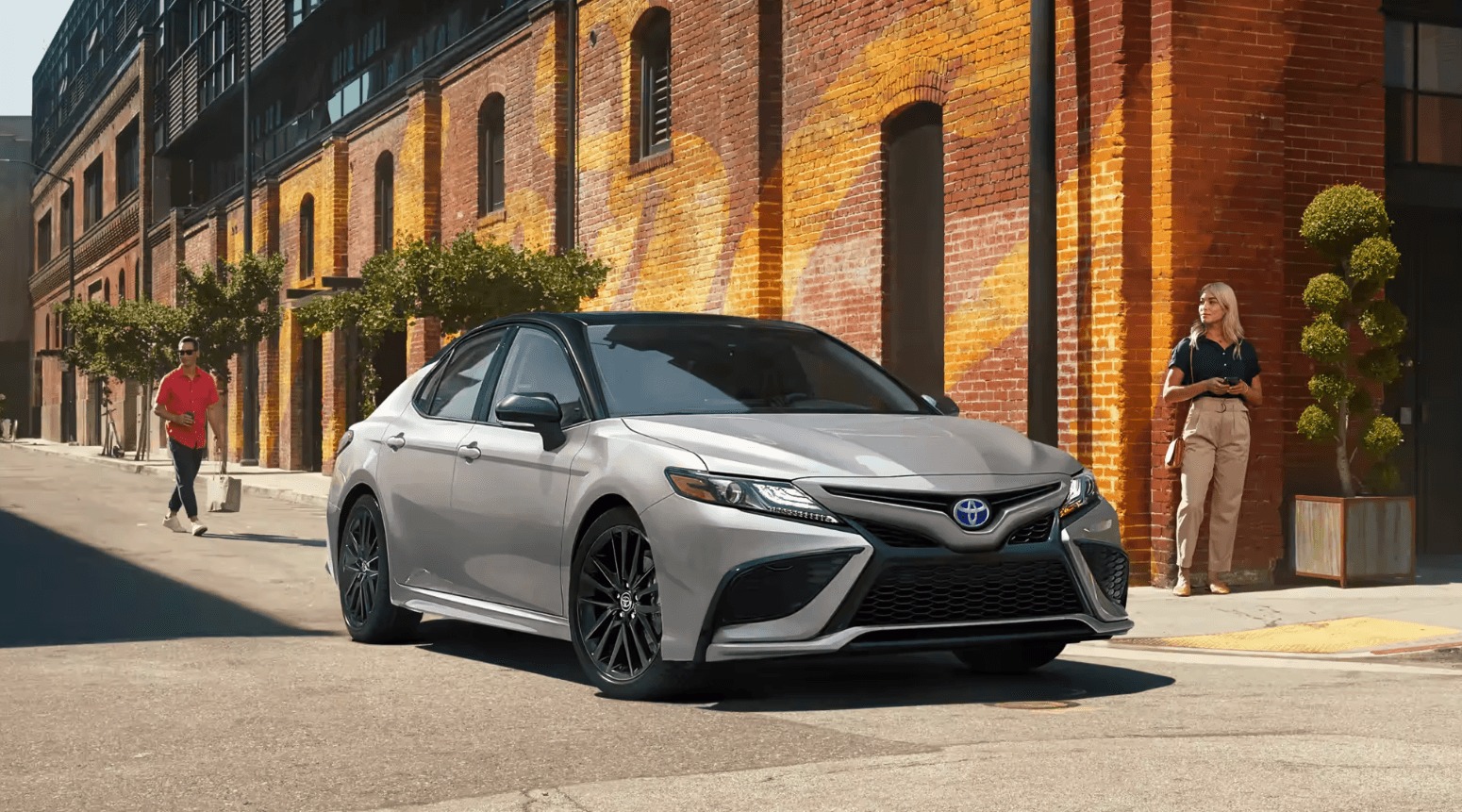
The reliability factor cannot be overstated Toyota’s basic headlight systems rarely fail, and when they do, the issue is usually as simple as a burned-out bulb that can be replaced in minutes.
The electrical systems supporting these headlights are equally robust, with simple relay-based controls that have proven their durability over decades of use. Maintenance costs remain minimal, as the system requires no calibration, sensor cleaning, or software updates.
From a performance perspective, while the Camry’s basic headlights lack the dynamic adjustment capabilities of adaptive systems, they provide consistent, predictable illumination that drivers can rely on.
The beam pattern is designed to illuminate the road ahead without creating excessive glare for oncoming traffic, and the high-beam function provides extended range visibility when needed.
This straightforward approach to automotive lighting continues to serve millions of drivers effectively, proving that sometimes the most basic solution is also the most dependable.
2. Honda Civic (LX Trim)
The Honda Civic LX represents Honda’s commitment to providing reliable, cost-effective lighting solutions without unnecessary complexity. Equipped with standard halogen headlights, the Civic LX demonstrates that basic lighting technology can still meet modern safety standards while maintaining the reliability that Honda owners have come to expect.
The headlight system utilizes a multi-reflector design that efficiently distributes light across the road surface, providing adequate visibility for urban and highway driving conditions.
Honda’s engineering philosophy prioritizes durability and ease of maintenance, evident in the Civic’s headlight design. The sealed beam units are protected against moisture intrusion, a common failure point in more complex adaptive systems.
The electrical connections are robust and weatherproof, reducing the likelihood of corrosion-related failures that plague more sophisticated lighting systems.
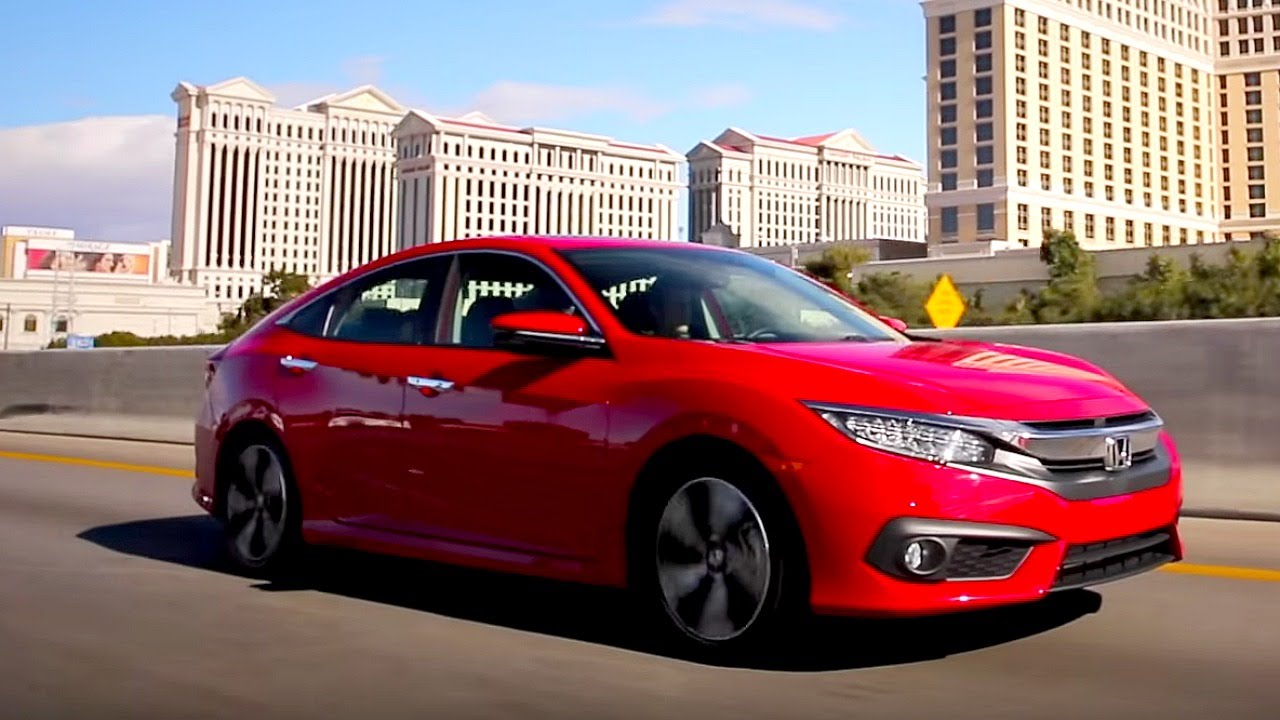
This attention to basic engineering principles results in headlights that continue functioning reliably for years with minimal intervention. The practical advantages of the Civic’s basic lighting system extend to ownership costs and maintenance convenience.
Replacement bulbs are readily available at any auto parts store, and the replacement procedure can be completed by most owners with basic tools. The total cost of ownership for the lighting system remains low throughout the vehicle’s lifespan, as there are no expensive control modules, sensors, or actuators to fail and require replacement.
Performance-wise, the Civic LX’s headlights provide consistent illumination that meets NHTSA safety standards. While they lack the curve-illuminating capabilities of adaptive systems, the wide beam pattern provides good peripheral visibility, and the high-beam function offers adequate long-range illumination for highway driving.
The simplicity of the system means that drivers always know what to expect from their headlights, without worrying about system malfunctions or erratic behavior that can occur with more complex adaptive systems.
3. Nissan Altima (S and SV Trims)
The Nissan Altima’s S and SV trim levels showcase the effectiveness of well-designed basic lighting systems in a midsize sedan package. These models utilize standard halogen projector headlights that combine the reliability of basic technology with improved light distribution compared to traditional reflector-based systems.
The projector design creates a sharp cutoff line that prevents glare for oncoming drivers while maximizing useful light output on the road surface.
Nissan’s approach to basic lighting emphasizes practical functionality over technological showcase. The Altima’s headlight system incorporates proven components that have been refined over years of development, resulting in reliable performance that owners can depend on.
The housing design includes adequate ventilation to prevent condensation buildup, while the electrical system uses standard automotive relays and switches that are easily serviceable and replaceable if necessary.
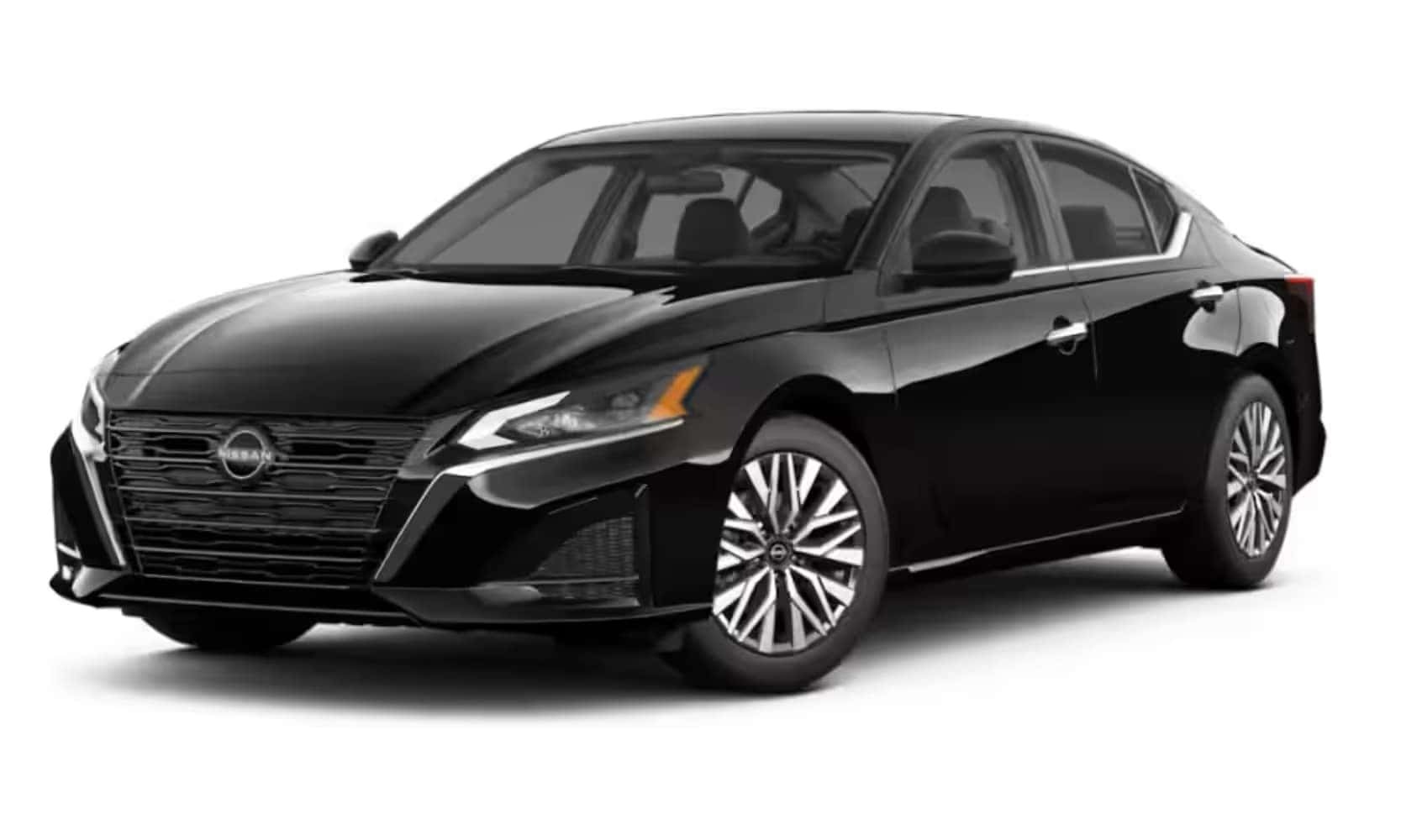
The maintenance advantages of the Altima’s basic lighting system are significant. Unlike adaptive headlight systems that require periodic calibration and sensor maintenance, the Altima’s headlights need only occasional bulb replacement and lens cleaning.
The standardized bulb types (typically H11 for low beam and 9005 for high beam) are inexpensive and widely available, making roadside repairs possible when necessary. The absence of complex control modules and actuators eliminates expensive failure points that plague adaptive systems.
From a driver’s perspective, the Altima’s basic headlights provide predictable, consistent performance that builds confidence during nighttime driving.
The projector beam pattern offers good road illumination with minimal scatter, while the high-beam function provides extended visibility range for highway use.
While the system lacks the dynamic adjustment capabilities of adaptive headlights, it compensates with reliability and consistent performance that drivers can count on regardless of weather conditions or system age.
4. Mazda3 (Base Trim)
The base trim Mazda3 demonstrates Mazda’s philosophy of achieving excellence through simplicity and refinement rather than complexity. Equipped with carefully designed halogen headlights, the Mazda3 proves that basic lighting technology can be both effective and aesthetically pleasing when properly executed.
The headlight design integrates seamlessly with the vehicle’s styling while providing functional illumination that meets modern safety requirements.
Mazda’s attention to detail is evident in the headlight system’s construction quality. The lamp housings feature precision-molded reflectors that optimize light distribution, while the clear polycarbonate lenses are treated with UV-resistant coatings to maintain clarity over time.
The electrical connections are designed for long-term reliability, using high-quality connectors and weatherproof sealing to prevent corrosion and ensure consistent power delivery to the bulbs.
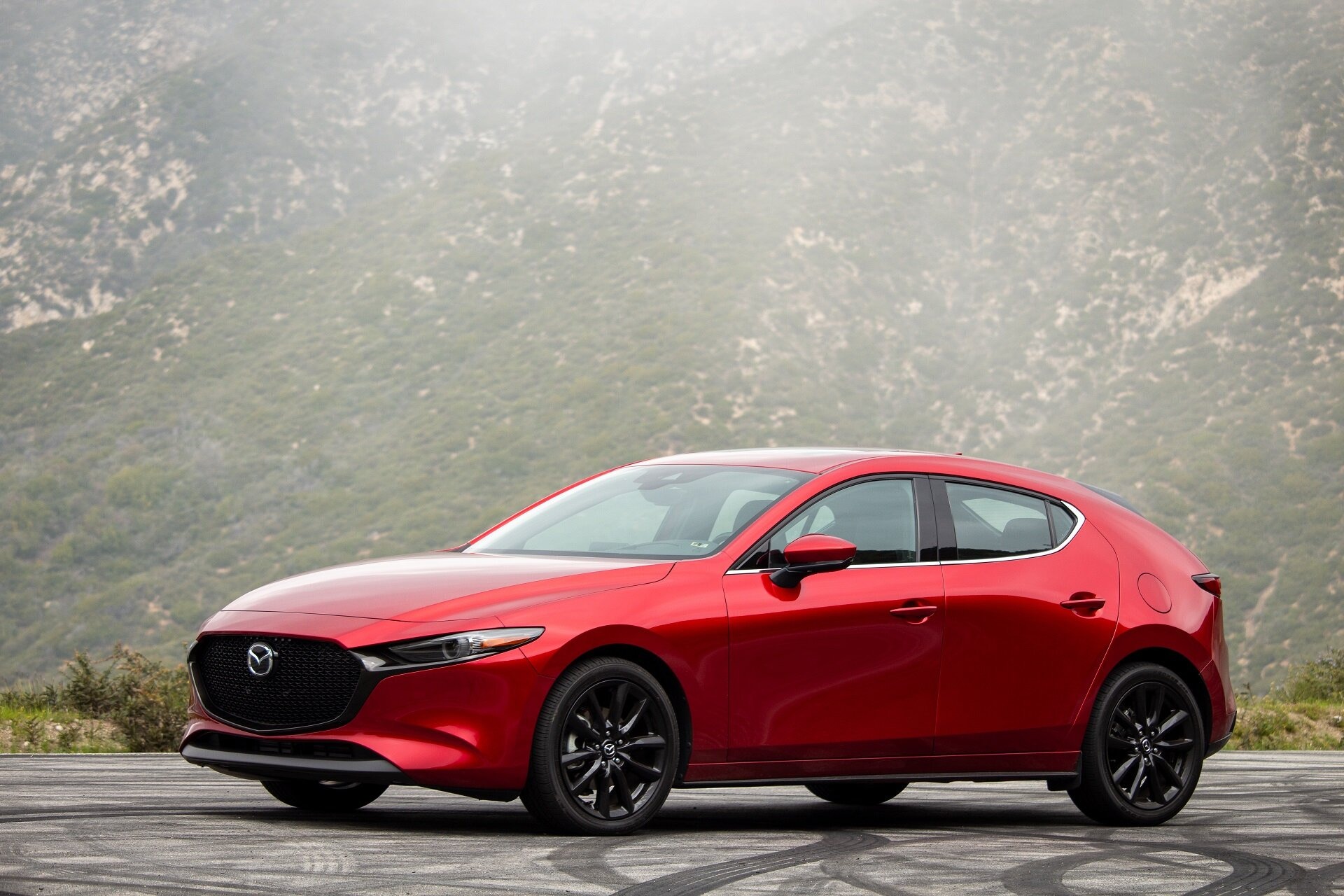
The practical benefits of the Mazda3’s basic lighting system extend throughout the ownership experience. Routine maintenance is straightforward, requiring only periodic bulb replacement and occasional lens cleaning.
The standardized components mean that replacement parts are affordable and readily available from multiple sources. Unlike adaptive headlight systems that may require dealer-specific diagnostic equipment and calibration procedures, the Mazda3’s headlights can be serviced by any qualified technician or even by the owner with basic mechanical skills.
Performance characteristics of the Mazda3’s basic headlights emphasize consistent, reliable illumination rather than dynamic adjustment capabilities. The beam pattern provides good forward visibility while maintaining proper glare control for oncoming traffic.
The system’s simplicity ensures that performance remains consistent throughout the vehicle’s lifespan, without the degradation that can occur in adaptive systems as sensors age or become contaminated.
This reliability factor makes the Mazda3’s basic lighting system particularly appealing to drivers who prioritize dependability over advanced features.
Also Read: 5 Vehicles With Convenient Service Intervals vs 5 With Frequent Maintenance Needs
5. Subaru Outback (Base Trim)
The base trim Subaru Outback exemplifies the brand’s commitment to practical, reliable engineering with its straightforward halogen headlight system. Designed to meet the demanding requirements of adventure-oriented drivers, these basic headlights prioritize durability and consistent performance over technological complexity.
The robust construction and sealed design make them well-suited to withstand the harsh environmental conditions that Outback owners often encounter.
Subaru’s engineering approach emphasizes long-term reliability and ease of maintenance, evident in the Outback’s headlight design. The lamp assemblies feature thick, impact-resistant housings that protect the internal components from road debris and environmental hazards.
The electrical system uses heavy-duty relays and wiring designed to withstand the voltage fluctuations and harsh conditions common in off-road driving situations. This robust construction ensures that the headlights continue functioning reliably even under demanding conditions.

The maintenance advantages of the Outback’s basic lighting system are particularly relevant for owners who frequently venture off the beaten path. The simple design means that field repairs are possible with basic tools and readily available replacement bulbs.
The absence of complex electronic control modules and sensors eliminates failure points that could leave drivers stranded in remote locations. This reliability factor is crucial for Subaru’s target market of outdoor enthusiasts who depend on their vehicles for safe transport in challenging conditions.
From a performance standpoint, the Outback’s basic headlights provide consistent, dependable illumination that adapts well to various driving conditions through manual high-beam operation.
While lacking the automatic adjustment capabilities of adaptive systems, the wide beam pattern provides good visibility for both on-road and light off-road driving.
The system’s simplicity ensures that drivers can always rely on predictable headlight performance, whether going through the city streets or remote mountain roads. This consistent performance builds driver confidence and contributes to the safety and reliability that Subaru owners value.
5 Models With Faulty Adaptive Headlights
These problematic vehicles burden owners with malfunctioning adaptive lighting systems that frequently jam in incorrect positions, produce erratic beam patterns, or fail completely due to motor failures, sensor malfunctions, or software glitches that compromise nighttime visibility.
Their complex mechanical actuators and sensitive electronic controls create expensive repair scenarios when stepper motors seize, positioning sensors drift, or computer modules develop faults that disable entire lighting assemblies.
The combination of costly replacement components, specialized diagnostic requirements, and frequent calibration needs transforms routine headlight maintenance into major repair events exceeding thousands of dollars.
From luxury sedans with overcomplicated systems to premium SUVs with fragile mechanisms, these vehicles deliver unreliable lighting performance through sophisticated technology that prioritizes features over dependability, leaving drivers with compromised visibility and expensive repair bills.
1. BMW 3 Series (2019-2024)
The BMW 3 Series has become synonymous with adaptive headlight problems, representing one of the most troublesome implementations of this technology in the automotive industry. BMW’s adaptive headlight systems are particularly susceptible to water infiltration, which can cause complete system failure and trigger persistent warning messages on the dashboard.
The complexity of BMW’s adaptive headlight system, which includes multiple motors, sensors, and control modules, creates numerous potential failure points that have plagued owners with expensive repair bills and reduced safety.
The most common failure mode in BMW 3 Series adaptive headlights involves the stepper motors that control beam direction and pattern. These motors are sensitive to moisture and electrical interference, often failing after exposure to heavy rain, car washes, or humid conditions.
When the motors fail, the headlights may become stuck in one position, create erratic beam patterns, or completely cease functioning. The diagnostic process alone can cost hundreds of dollars, as BMW’s complex system requires specialized equipment to identify the specific component failure.

Repair costs for BMW adaptive headlight failures are notoriously expensive, often ranging from $2,000 to $4,000 per headlight assembly. The integrated design means that individual components cannot always be replaced independently, requiring complete headlight unit replacement in many cases.
BMW owners must also deal with the inconvenience of cleaning sensors like steering angle and vehicle speed sensors to resolve data input issues, adding to the maintenance burden of these systems.
The safety implications of BMW adaptive headlight failures extend beyond simple inconvenience. Failed adaptive headlights can cause reduced visibility while driving, especially when turning or going around curves, increasing the likelihood of accidents.
Additionally, malfunctions can cause glare for other drivers, creating dangerous situations for all road users. Many BMW owners report that their adaptive headlight warning lights illuminate frequently, indicating system malfunctions that compromise both functionality and safety.
The unreliability of these systems has led many BMW owners to wish they had chosen vehicles with simpler, more dependable basic lighting systems.
2. Audi A4 (2017-2023)
Audi’s adaptive headlight technology in the A4 has proven to be another problematic implementation that has frustrated owners with frequent malfunctions and expensive repairs.
The system’s sophisticated matrix LED design, while impressive when functioning correctly, incorporates numerous individual LED elements and control circuits that are prone to failure.
Common issues include individual LED segments burning out, creating uneven beam patterns that compromise visibility and potentially violate lighting regulations.
The complexity of Audi’s adaptive headlight system extends to its integration with the vehicle’s various sensors and control systems. Electrical issues including faulty wiring, blown fuses, or bad connections can damage the adaptive headlights, while dirty sensors that detect steering angle and vehicle speed can cause system malfunctions.
The interdependence of these systems means that failures in seemingly unrelated vehicle components can trigger adaptive headlight problems, making diagnosis and repair particularly challenging and expensive.
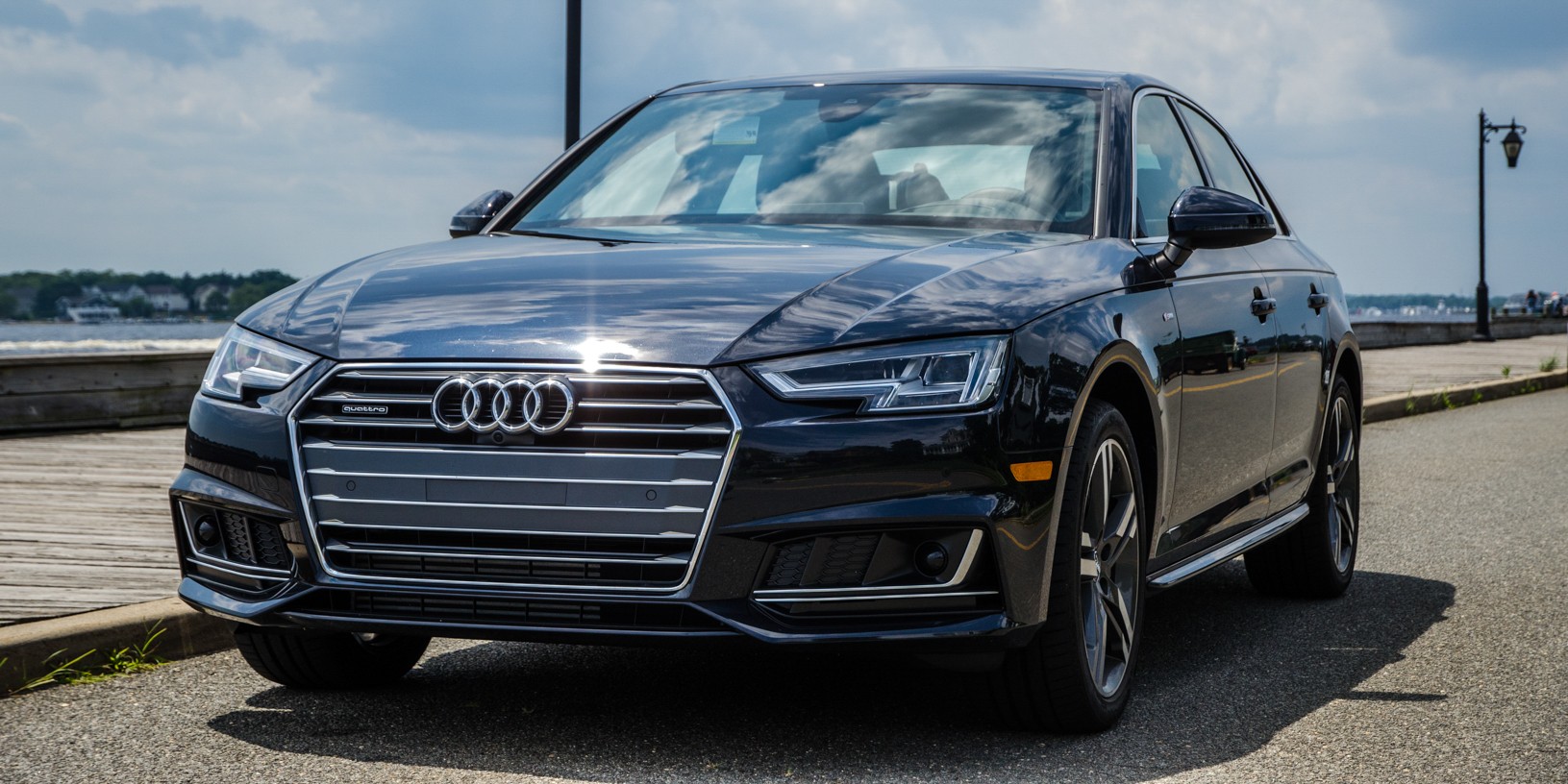
Audi A4 owners frequently report sudden adaptive headlight failures that leave them with reduced lighting capability at the worst possible times. The system’s reliance on multiple sensors and actuators creates numerous failure points that can develop without warning.
When failures occur, the headlights often default to a basic illumination mode that provides minimal functionality compared to properly working adaptive systems.
This degraded performance can be particularly dangerous for drivers who have become accustomed to the enhanced visibility provided by the adaptive system when functioning correctly.
The financial impact of Audi adaptive headlight repairs is substantial, with many owners facing repair bills exceeding $3,000 per headlight assembly.
The integrated nature of the system means that component-level repairs are often impossible, requiring replacement of entire headlight units that incorporate expensive LED arrays and control electronics.
Additionally, the specialized nature of these systems means that repairs must often be performed at Audi dealerships, limiting options for more affordable independent repair services and contributing to the high cost of ownership for vehicles equipped with this problematic technology.
3. Mercedes-Benz C-Class (2015-2022)
Mercedes-Benz C-Class adaptive headlights have earned a reputation for premature failure and expensive repairs that have left many owners questioning the value of this advanced technology.
The system’s complexity, which includes motorized beam leveling, curve-following capability, and automatic high-beam function, creates multiple potential failure points that frequently develop problems within the first few years of ownership. Common failures include actuator motor seizure, sensor contamination, and control module corruption that can render the entire system inoperative.
The Mercedes adaptive headlight system’s sensitivity to environmental conditions has proven particularly problematic for C-Class owners. Moisture intrusion, road debris, and other elements can compromise the headlight assembly, while disrupted electric power delivery from weak batteries, defective alternators, or bad connectors impacts system functionality.
These environmental vulnerabilities mean that system failures can occur suddenly and without warning, potentially leaving drivers with compromised visibility during critical driving situations.
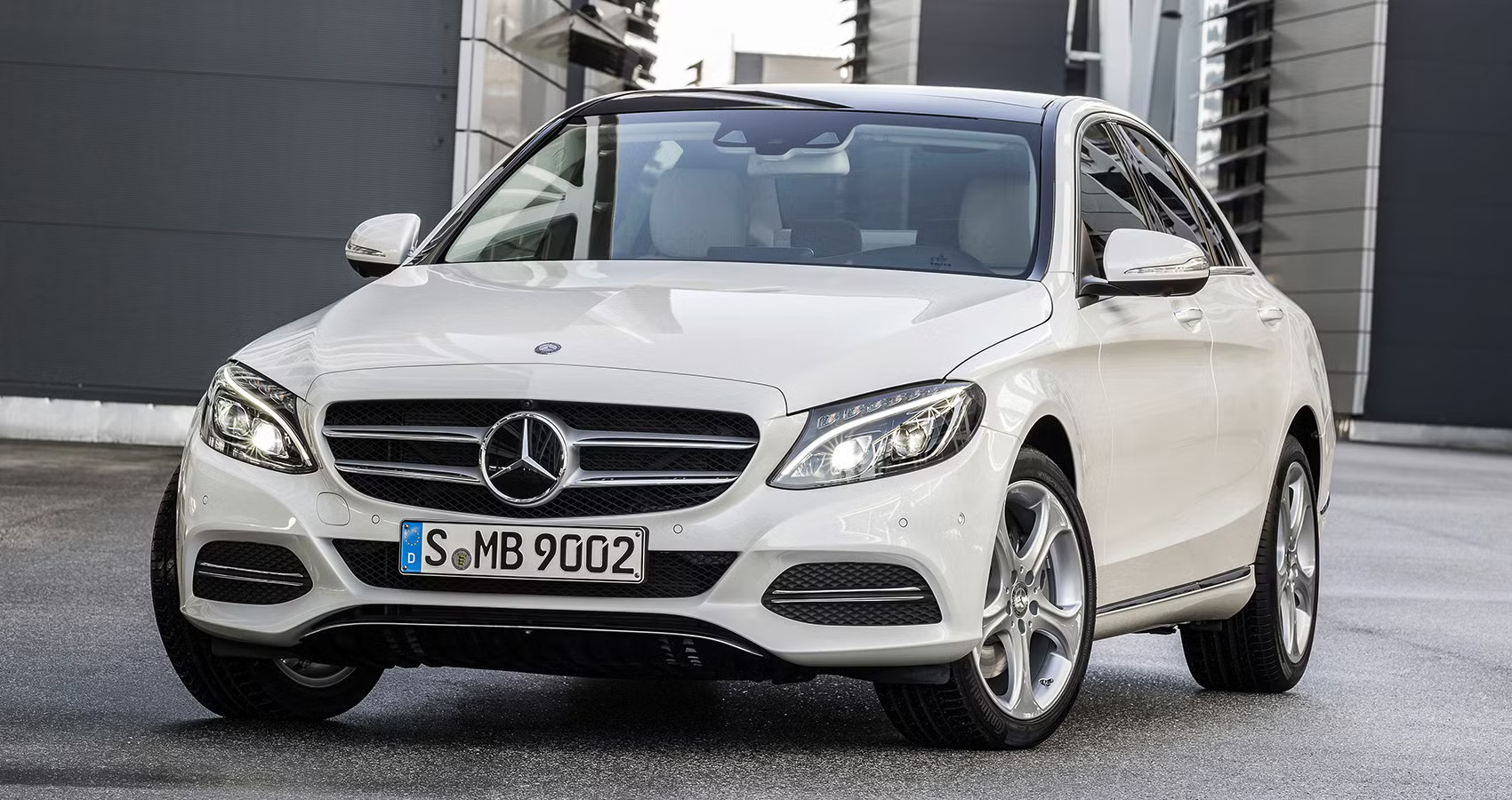
Diagnostic challenges compound the problems associated with Mercedes C-Class adaptive headlights. The system’s integration with multiple vehicle networks means that failures can be difficult to isolate and identify.
Mercedes’ proprietary diagnostic systems and repair procedures limit repair options to authorized dealerships, where labor rates are typically higher than independent repair facilities.
The complexity of the system also means that diagnostic time is often extensive, adding to the cost of repairs even for relatively minor component failures.
The pattern of Mercedes C-Class adaptive headlight failures has created a significant secondary market concern, as potential buyers of used vehicles must factor in the likelihood of expensive headlight repairs.
Many owners report that their adaptive headlight warning lights illuminate intermittently, indicating system instabilities that may not immediately affect function but suggest impending failures.
The unreliability of these systems has led many Mercedes owners to consider the adaptive headlight option a costly mistake that they would avoid in future vehicle purchases.
4. Lexus RX (2020-2024)
The Lexus RX’s adaptive headlight system represents a disappointing departure from the brand’s traditional reliability standards, with numerous owners reporting premature failures and inconsistent performance.
Despite Lexus’s reputation for building dependable vehicles, the adaptive headlight technology in the RX has proven problematic, with common issues including actuator failures, sensor malfunctions, and control module problems that can develop within the first few years of ownership.
Recent discussions among Lexus owners reveal ongoing confusion about adaptive headlight availability and functionality, with some 2024 models having different adaptive systems than others, suggesting ongoing development and reliability issues with the technology.
The variability in system implementation across model years has created additional confusion for owners trying to understand their vehicle’s capabilities and potential failure modes.
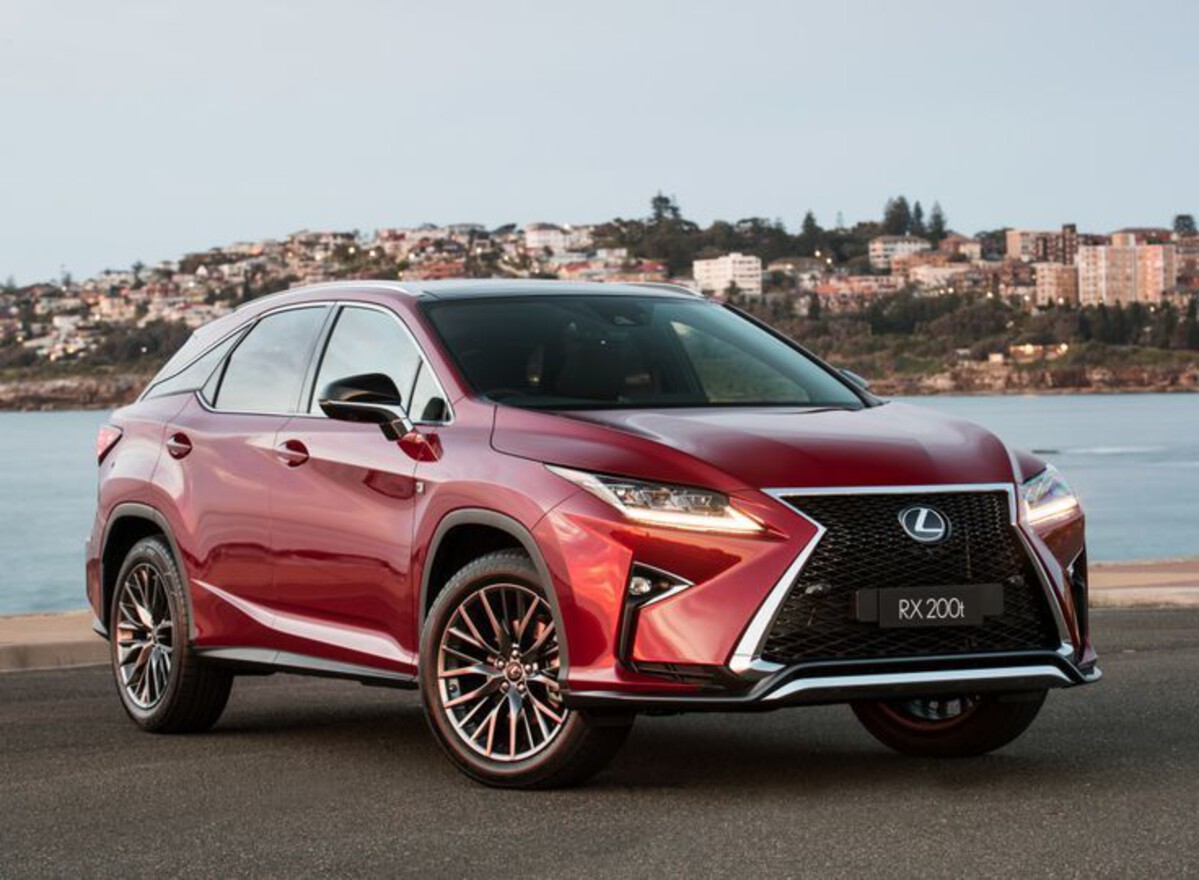
Lexus RX owners frequently report that their adaptive headlight systems exhibit erratic behavior, including unexpected beam pattern changes, failure to track steering input correctly, and intermittent warning messages.
These problems often occur sporadically, making diagnosis difficult and leaving owners uncertain about their headlight system’s reliability. The intermittent nature of many failures means that problems may not be reproducible during dealer visits, leading to frustrating service experiences and unresolved issues.
The service costs associated with Lexus RX adaptive headlight repairs have surprised many owners who expected better reliability from the premium brand. Repair estimates often exceed $2,500 per headlight assembly, with some requiring complete replacement due to integrated component failures.
The specialized nature of the Lexus adaptive headlight system limits repair options to authorized dealers, where parts costs and labor rates reflect the premium positioning of the brand, contributing to the high total cost of ownership for vehicles equipped with this problematic technology.
5. Cadillac CT5 (2020-2024)
The Cadillac CT5’s adaptive headlight system has developed a reputation for unreliability that contradicts the brand’s luxury positioning and reliability aspirations.
Owners report frequent system malfunctions that include beam pattern irregularities, actuator motor failures, and persistent warning messages that indicate various system faults.
The complexity of Cadillac’s adaptive headlight implementation, which attempts to integrate multiple advanced features into a single system, has created numerous failure points that frequently develop problems.
Common failure modes in CT5 adaptive headlights include the leveling motors that adjust beam height and the steering-responsive actuators that direct light around curves.
These motorized components are particularly susceptible to wear and environmental contamination, often failing after exposure to road salt, moisture, or temperature extremes.
When these motors fail, the headlights may become stuck in inappropriate positions, creating dangerous glare situations or inadequate road illumination that compromises safety.

The integration of Cadillac’s adaptive headlight system with the vehicle’s electronic stability and steering systems creates additional complexity that can lead to cascade failures.
Problems with steering angle sensors, vehicle speed inputs, or stability control modules can trigger adaptive headlight malfunctions, making diagnosis challenging and repairs expensive.
Burnt-out bulbs, loose electrical connections, and damaged control modules represent several possible causes of adaptive headlight failure that can be resolved with varying degrees of difficulty and expense.
Cadillac CT5 owners face particularly high repair costs when adaptive headlight systems fail, with many reporting quotes exceeding $3,500 per headlight assembly.
The specialized nature of Cadillac’s system means that repairs typically require dealer service, where diagnostic time and parts costs contribute to expensive repair bills.
The frequency of failures has led many CT5 owners to question whether the adaptive headlight technology provides sufficient benefit to justify its reliability issues and high maintenance costs, with many expressing preference for simpler, more dependable basic lighting systems.
Also Read: 5 Cars With Intuitive Park Assist vs 5 With Untrustworthy Guidance

